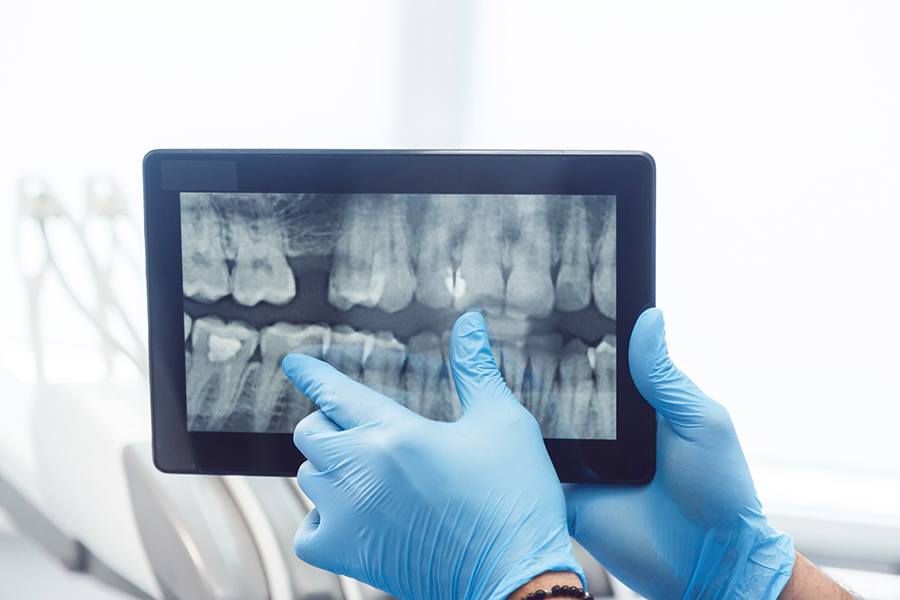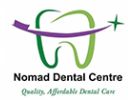Dental Services
Digital X-rays

About Digital X-rays
Digital dental X-rays are a modern diagnostic tool used by dentists to capture detailed images of a patient’s teeth, gums, and surrounding structures. Unlike traditional film-based X-rays, digital X-rays use electronic sensors and computer technology to produce images that can be viewed instantly on a computer screen. This technology offers several advantages, including reduced radiation exposure, enhanced image quality, and greater convenience for both patients and dental professionals.
Advantages of Digital Dental X-Rays
Reduced Radiation Exposure: Digital X-rays use up to 90% less radiation compared to traditional film X-rays, making them safer for patients.
Enhanced Image Quality: The high-resolution images produced by digital X-rays provide greater detail, allowing dentists to detect issues such as cavities, bone loss, and infections more accurately.
Immediate Results: Digital X-rays can be viewed instantly on a computer screen, enabling dentists to diagnose problems and discuss treatment options with patients in real-time.
Ease of Storage and Sharing: Digital images can be easily stored in a patient’s electronic medical record and shared with other healthcare providers, facilitating better coordinated care.
Environmentally Friendly: Digital X-rays eliminate the need for film and chemical processing, reducing environmental impact.
Improved Patient Experience: The quick and comfortable process of taking digital X-rays can make dental visits more pleasant for patients.
Frequently Asked Questions
Digital dental X-rays are images of the teeth and surrounding structures captured using electronic sensors and displayed on a computer screen, offering a modern alternative to traditional film-based X-rays.
Digital X-rays use a small electronic sensor placed inside the mouth to capture images when exposed to a small amount of radiation. The images are then instantly transmitted to a computer.
Yes, digital dental X-rays are considered safe because they use significantly less radiation than traditional X-rays. Dentists also take precautions, such as using lead aprons, to further protect patients.
Digital dental X-rays help dentists diagnose and treat dental problems early, such as cavities, gum disease, and infections, which might not be visible during a regular examination.
The frequency of digital X-rays depends on your individual dental health needs. Your dentist will recommend how often you should have them based on your oral health history and risk factors.
During the procedure, you will be asked to bite down on a small sensor while the dentist or technician captures the images. The process is quick and typically takes only a few minutes.
Nomad Dental Centre
We understand just how closely connected oral health is to your overall health, confidence, and appearance, and we pride ourselves on cultivating a friendly, upbeat dental environment where you can always feel comfortable in our care.
Our Newsletter
Services
Address
- P.O. BOX 781-10100
- Peak Business center,
- 1st Floor. Nyeri, Kenya
Email Us
- info@nomaddental.com
- sales@nomaddental.com
Contacts
- Tel: 061 2034799
- Tel: 0738 171 377
